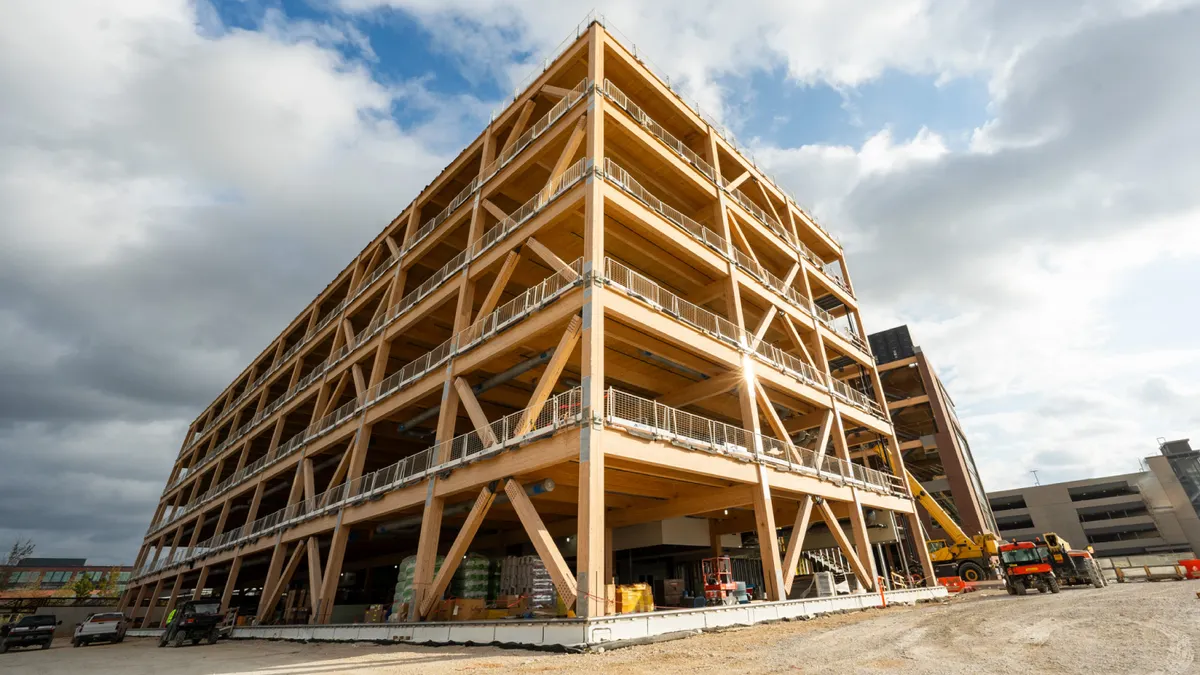Dive Brief:
- Research firm Axiometrics has determined that more apartments will become available in Brooklyn than in any other submarket in the U.S. next year. The popular New York City borough will add 6,073 new units — more than six times the 969 units added in 2015 — and 2,001 are already scheduled for 2017.
- Brooklyn’s growing popularity, along with well-paying job creation in the Brooklyn Tech Triangle, is allowing developers to charge an average effective rent of $3,823, an increase of 4.8% from October 2014, according to Forbes.
- In October, existing Brooklyn apartment inventory was already 97.4% occupied, and demand is still growing. In the entire New York City area, including White Plains, NY, and Jersey City, NJ, 24,575 new units will come to market, reaffirming Brooklyn’s position as just the largest part of an area-wide apartment boom.
Dive Insight:
Brooklyn is not the only submarket with a surging apartment market. The Atlanta/Fulton submarket, which includes downtown, midtown and Buckhead, had the most new apartments come available — 4,717 — in 2015, and 5,606 have been scheduled for 2016. However, annual effective rent growth and occupancy rates are both on the decline, meaning this area might be seeing the effects of the new construction boom.
Another hot apartment market is Houston's Montrose/River Oaks area, which is seeing continued growth despite decreases in both effective rent and occupancies. This area is scheduled to add 4,820 units in 2016 and 3,277 in 2017.
Industry experts will be watching Brooklyn to see just how many apartments it can add before experiencing an easing of rent growth, as is happening in other bursting apartment markets around the U.S.
However, Brooklyn's situation will be unique, as the New York City area has always struggled to provide reasonably priced housing for its huge — and growing — population. Recently, the city’s first micro-apartment building opened for business, and there were more than 4,000 applicants for each of the 14 affordable units.
Further straining apartment inventory is the recent trend of baby boomers relocating to urban areas for retirement. This trend has contributed to rising rents and has resulted in many millennials being priced out of both the rental and homebuying markets.








